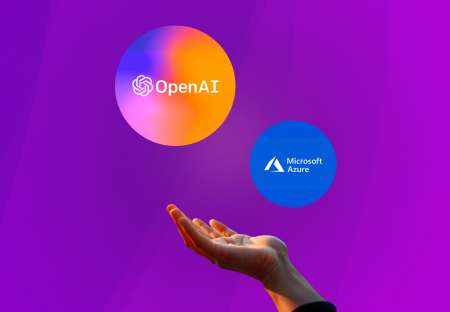Today’s cloud ecosystem comprises various cloud techniques geared to meet infrastructure, workloads, security, and more needs. Hybrid cloud and multi-cloud are two sometimes confusing phrases.
What distinguishes a multi-cloud setup from a hybrid cloud? What is the difference between these two? Let’s bridge it and find out about the distinctions between hybrid cloud and multi-cloud.
Difference Between Hybrid Cloud And Multi-Cloud
A detailed Market Research report by Future states that the hybrid cloud market size is expected to reach USD 173.33 billion by 2025, with a CAGR of 22.25 percent.
The dynamic nature and diversity of labor enhance its importance. Several end-user sectors such as transport, health, media and entertainment, manufacturing, retail, IT, telecommunications, and BFSI widely use the hybrid cloud due to its attractive characteristics and benefits.
Multi-Cloud
A multi-cloud infrastructure covers several public cloud environments from various suppliers. In multi-cloud infrastructure, organizations typically use various public clouds for distinct activities, including using one for program logic, another for databases, and a third for machine learning. Organizations select a multi-cloud strategy to use the flexibility and characteristics of different clouds.
Another cloud adoption survey investigated companies integrate services from the three leading multi-cloud suppliers (Amazon Web Services, Microsoft Azure, and Google Cloud Platform) in their network infrastructures. The results show that 40% of respondents utilized two or more of these providers, while 18% used all three providers for diverse applications.
However, by 2025, multi-cloud initiatives will lessen vendor dependence for 2/3 of companies. This will happen mostly in other ways than program portability.
Hybrid Cloud
Hybrid cloud is a dynamic and versatile IT solution that combines public and private cloud environments. It allows businesses to optimize workloads, seamlessly integrating on-premises infrastructure with cloud services. This versatile approach offers greater flexibility, scalability, and cost-effectiveness, catering to unique business needs.
Organizations can enjoy the benefits of the public cloud, such as accessibility and elasticity, while retaining control over sensitive data through private cloud components.
Embracing the hybrid cloud empowers businesses to achieve optimal performance and efficiency, propelling them towards success in the digital age.
Learn More: Cloud Services of Metaorange Digital










